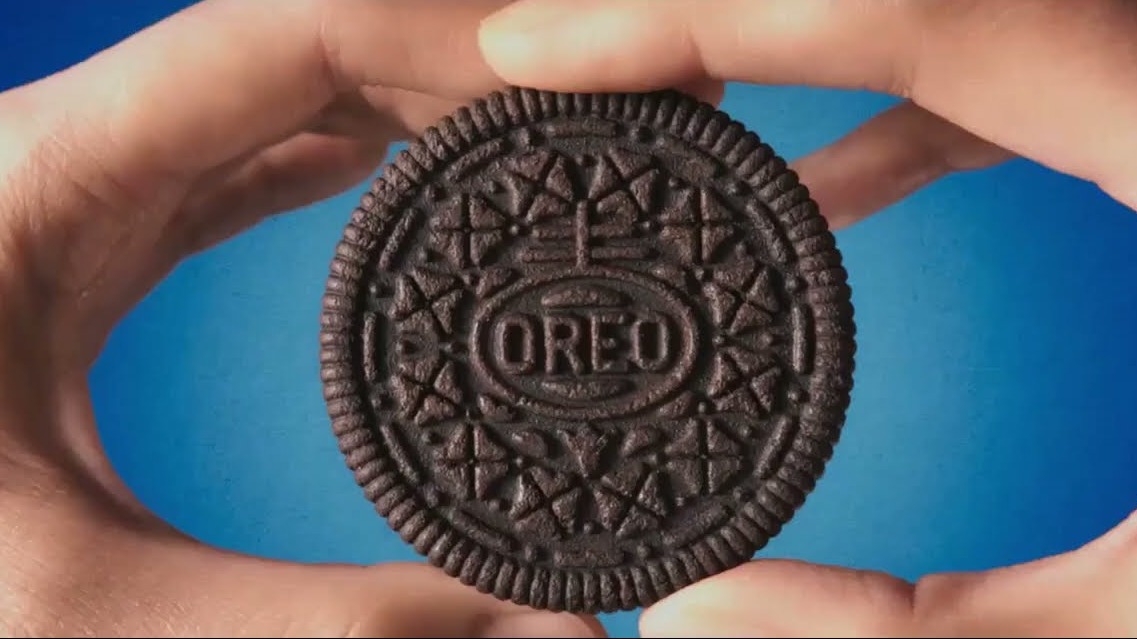Mondelez is rolling out a generative artificial intelligence tool it says can reduce the cost of producing marketing content by 30 to 50 per cent, with short TV spots targeted for the 2026 holiday season and potentially the 2027 Super Bowl, according to executives speaking to Reuters.
The snack maker developed the system last year with Publicis Groupe and Accenture and has invested more than $40 million in the technology, said Jon Halvorson, global senior vice president of consumer experience. Halvorson described the savings potential as greater for more complex video projects. He added that traditional animation work “is in the hundreds of thousands,” whereas the new setup is “orders of magnitude smaller,” in comments reported by Reuters.
Mondelez is already using output from the tool for social content, including Chips Ahoy in the United States and Milka in Germany. One eight-second Milka clip “shows waves of chocolate rippling over a wafer,” with backgrounds tailored to different audiences, Reuters reported. In November, Oreo will use the tool for online product pages on Amazon and Walmart in the United States, with deployments planned for Lacta and Oreo in Brazil and Cadbury in the UK.
The company is not generating human likenesses with the system at this stage. Tina Vaswani, vice president of digital enablement and data, said humans will review all content to prevent errors. Mondelez has internal rules that prohibit highlighting unhealthy eating, vaping, overconsumption, emotionally manipulative language and offensive stereotypes, according to materials shared by the company.
Rivals are also testing artificial intelligence for advertising. Kraft Heinz and Coca-Cola have both trialled AI-generated campaigns. Coca-Cola’s 2024 Christmas spots drew criticism online, with computer-created people derided as lacking real emotion, as reported by The Verge. Mondelez’s plan reflects wider efforts among consumer goods groups to trim agency fees and speed up the development and launch of new products.
Looking ahead, Halvorson told Reuters the AI system should have TV-ready material for the 2026 holiday season and may support creative for the 2027 Super Bowl. The company’s approach suggests a phased adoption, starting with short-form digital content and product page assets, before expanding to broadcast media once quality thresholds are met and governance standards are proven.






